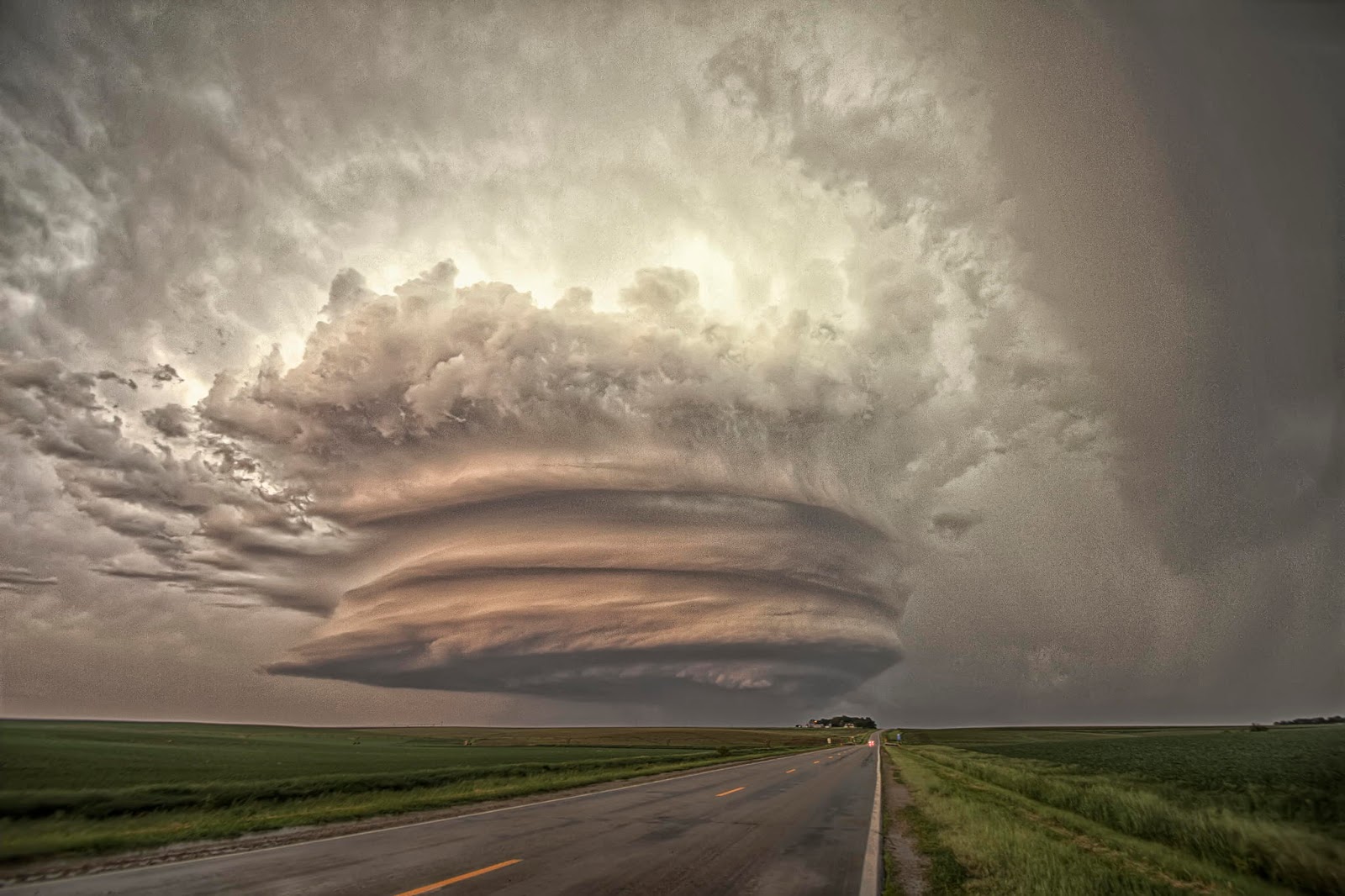Unveiling The Power Of Supercells: Understanding Severe Weather Phenomena
Supercells are one of the most fascinating and powerful weather phenomena on Earth. These towering thunderstorms possess unique characteristics that set them apart from regular storms, making them a subject of interest for meteorologists and weather enthusiasts alike. In this article, we will delve into the intricacies of supercells, their formation, types, and the severe weather they can produce.
Understanding supercells is crucial, especially as climate change continues to impact weather patterns globally. The ability of supercells to generate tornadoes, large hail, and intense rainfall makes them a significant concern for communities in affected areas. By the end of this article, you will have a comprehensive understanding of supercells, their dangers, and their significance in meteorology.
Join us as we explore the science behind supercells and their role in severe weather events. This article aims to provide valuable insights, ensuring that you are well-informed about these powerful storms. Whether you are a weather enthusiast, a student of meteorology, or simply curious about how nature works, this article is for you!
Table of Contents
- What is a Supercell?
- How Do Supercells Form?
- Types of Supercells
- Key Characteristics of Supercells
- Dangers Associated with Supercells
- Case Studies of Notable Supercell Events
- Forecasting Supercells and Associated Weather
- Conclusion
What is a Supercell?
A supercell is a highly organized thunderstorm characterized by a rotating updraft called a mesocyclone. These storms are capable of producing severe weather conditions, including tornadoes, large hail, and heavy rainfall. Supercells are distinct from other types of thunderstorms due to their size, structure, and longevity.
How Do Supercells Form?
Supercells typically form in environments with a combination of humidity, instability, and wind shear. The following factors contribute to their formation:
- Moisture: Sufficient moisture in the lower atmosphere is essential for the development of thunderstorms.
- Instability: Warm air at the surface combined with cooler air aloft creates instability, leading to upward motion.
- Wind Shear: Changes in wind speed and direction with altitude create a rotating effect that can initiate a mesocyclone.
Types of Supercells
There are three primary types of supercells, each distinguished by its structure and the severe weather it produces:
- Classic Supercell: Characterized by a well-defined rotating updraft and often produces large hail and tornadoes.
- LP Supercell (Low-Precipitation): These storms have a lower rain and hail output, often producing tornadoes but with less precipitation.
- HP Supercell (High-Precipitation): These storms produce heavy rainfall and can lead to flash flooding, often obscuring tornadoes.
Key Characteristics of Supercells
Supercells exhibit several defining characteristics that differentiate them from other storm types:
- Longevity: Supercells can last for several hours, often producing severe weather over a large area.
- Structure: They have a distinctive structure, including a rotating updraft and an anvil-shaped cloud top.
- Severe Weather Production: Supercells are capable of producing tornadoes, large hail, and intense rainfall.
Dangers Associated with Supercells
The severe weather produced by supercells poses significant risks to life and property. Some of the dangers include:
- Tornadoes: Supercells are the primary producers of tornadoes, which can cause devastating damage.
- Large Hail: Hailstones produced by supercells can reach the size of golf balls or larger, damaging crops and vehicles.
- Flash Flooding: The intense rainfall from supercells can lead to flash flooding, especially in urban areas.
Case Studies of Notable Supercell Events
Several notable supercell events have made headlines due to their destructive power. Here are a few significant case studies:
- Joplin Tornado (2011): A deadly EF5 tornado that struck Joplin, Missouri, was spawned by a supercell, resulting in extensive destruction and loss of life.
- El Reno Tornado (2013): This tornado, which was part of a supercell, was notable for its record width and fast winds, causing significant damage in Oklahoma.
- Dallas Hailstorm (2019): A supercell produced golf ball-sized hail that resulted in millions of dollars in property damage.
Forecasting Supercells and Associated Weather
Accurate forecasting of supercells is crucial for public safety. Meteorologists use various tools and techniques to predict the occurrence of supercells:
- Doppler Radar: This technology helps detect rotating storms and can provide real-time data on storm movement.
- Weather Models: Numerical weather prediction models simulate atmospheric conditions to forecast severe weather.
- Storm Spotters: Trained volunteers provide on-the-ground reports to assist meteorologists in monitoring severe weather.
Conclusion
In conclusion, supercells are powerful storm systems that play a significant role in severe weather phenomena. Understanding their characteristics, formation, and the dangers they pose is essential for preparedness and safety. As climate change continues to influence weather patterns, the study of supercells becomes increasingly important.
We encourage readers to stay informed about weather conditions and take necessary precautions during severe weather events. Leave a comment below to share your thoughts or experiences with supercells, and don't forget to share this article with others who might find it helpful!
Thank you for reading! We hope to see you again for more insightful articles on weather phenomena and related topics.
Exploring The Life And Achievements Of Clayton Keller
Violet Myers: The Rising Star In Adult Entertainment
Exploring The Life And Career Of Khary Payton: A Comprehensive Overview

